Myths on Cosmetics Safety
Environment Working Group (EWG), an American environmental organisation, wants to make sure you don’t fall prey to these nine common myths about the safety of cosmetics.
Table of Contents
Myth 1
If it’s for sale at a supermarket, drugstore, or department store cosmetics counter, it must be safe.
Fact
The Food and Drug Administration (FDA) has no authority to require companies to test products for safety. FDA does not review or approve the vast majority of products or ingredients before they go on the market. The agency conducts pre-market reviews only for certain color additives and active ingredients in cosmetics classified as over-the-counter drugs (FDA 2005, 2010).
Myth 2
The cosmetics industry effectively polices itself, making sure all ingredients meet a strict standard of safety.
Fact
In its more than 30-year history, the industry’s safety panel (the Cosmetic Ingredient Review, or CIR) has assessed fewer than 20 percent of cosmetics ingredients and found only 11 ingredients or chemical groups to be unsafe (FDA 2007, CIR 2009, Houlihan 2008). Its recommendations are not binding on companies (Houlihan 2008).
Myth 3
The government prohibits dangerous chemicals in personal care products, and companies wouldn’t risk using them.
Fact
Cosmetics companies may use any ingredient or raw material, except for color additives and a few prohibited substances, without government review or approval (FDA 2005, FDA 2000).
- More than 500 products sold in the U.S. contain ingredients banned in cosmetics in Japan, Canada or the European Union (EWG 2007b).
- Nearly 100 products contain ingredients considered unsafe by the International Fragrance Association (EWG 2007c).
- A wide range of nanomaterials whose safety is in question may be common in personal care products (EWG 2006).
- 22% of all personal care products may be contaminated with the cancer-causing impurity 1,4-dioxane, including many children’s products (EWG 2007d, CDC 2009).
- 60% of sunscreens contain the potential hormone disruptor oxybenzone that readily penetrates the skin and contaminates the bodies of 97% of Americans (EWG 2010, Calafat et al 2008).
- 61% of tested lipstick brands contain residues of lead (CSC 2007).
Myth 4
Cosmetic ingredients are applied to the skin and rarely get into the body. When they do, levels are too low to matter.
Fact
People are exposed by breathing in sprays and powders, swallowing chemicals on the lips or hands or absorbing them through the skin. Studies find evidence of health risks. Biomonitoring studies have found cosmetics ingredients – like phthalate plasticizers, paraben preservatives, the pesticide triclosan, synthetic musks, and sunscreens – as common pollutants in men, women and children.
Many of these chemicals are potential hormone disruptors (Gray et al. 1986, Schreurs et al. 2004, Gomez et al. 2005, Veldhoen et al. 2006). Products commonly contain penetration enhancers to drive ingredients deeper into the skin. Studies find health problems in people exposed to common fragrance and sunscreen ingredients, including elevated risk for sperm damage, feminization of the male reproductive system, and low birth weight in girls (Duty et al. 2003, Hauser et al. 2007, Swan et al. 2005, Wolff et al. 2008).
Myth 5
Products made for children or bearing claims like “hypoallergenic” are safer choices.
Fact
Most cosmetic marketing claims are unregulated, and companies are rarely if ever required to back them up, even for children’s products. A company can use a claim like “hypoallergenic” or “natural” “to mean anything or nothing at all,” and while “[m]ost of the terms have considerable market value in promoting cosmetic products to consumers,… dermatologists say they have very little medical meaning” (FDA 1998). An investigation of more than 1,700 children’s body care products found that 81 percent of those marked “gentle” or “hypoallergenic” contained allergens or skin and eye irritants (EWG 2007a).
Myth 6
Natural and organic products are always safer.
Fact
Products labeled natural or organic often contain synthetic chemicals, and even truly natural or organic ingredients are not necessarily risk-free. The global, plant-based pharmaceutical market, valued at $19.5 billion in 2008, relies on the ability of “natural” chemicals – like those used in some natural cosmetics – to significantly alter body functions, a far cry from innocuous (BCC Research 2006, 2009).
On the other hand, products labeled “organic” or “natural” can contain petrochemicals and no certified organic or natural ingredients whatsoever. Products certified as organic can contain as little as 10% organic ingredients by weight or volume (Certech 2008). FDA tried establishing an official definition for the term “natural,” but these protections were overturned in court (FDA 1998). Research shows that 35 percent of children’s products marketed as “natural” contain artificial preservatives (EWG 2007a).
Myth 7
FDA would promptly recall any product that injures people.
Fact
FDA has no authority to require recalls of harmful cosmetics. Furthermore, manufacturers are not required to report cosmetics-related injuries to the agency. FDA relies on companies to report injuries voluntarily (FDA 2005).
Myth 8
Consumers can read ingredient labels and avoid products with hazardous chemicals.
Fact
Federal law allows companies to leave many chemicals off labels, including nanomaterials, ingredients considered trade secrets, and components of fragrance (Houlihan 2008). Fragrance may include any of 3,163 different chemicals (IFRA 2010), none of which are required to be listed on labels. Fragrance tests reveal an average of 14 hidden compounds per formulation, including potential hormone disruptors and diethyl phthalate, a compound linked to sperm damage (EWG & CSC, 2010).
Myth 9
Cosmetics safety is a concern for women only.
Fact
Surveys show that on average, women use 12 products containing 168 ingredients every day, men use 6 products with 85 ingredients (EWG 2004), and children are exposed to an average of 61 ingredients daily (EWG 2007a). The industry-funded CIR safety panel incorrectly assumes that consumers are exposed to just one chemical at a time, and personal care products are the only source of exposure (EWG 2004).
Reference: http://www.ewg.org/skindeep/myths-on-cosmetics-safety


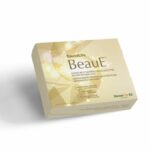



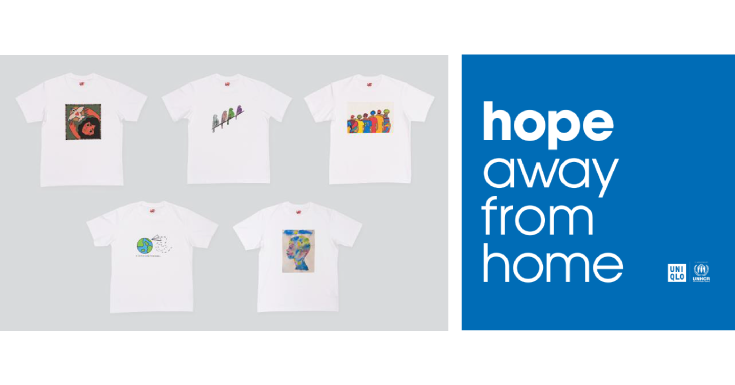



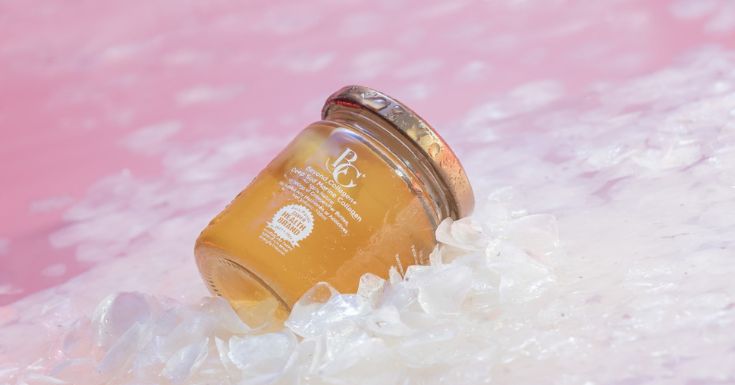

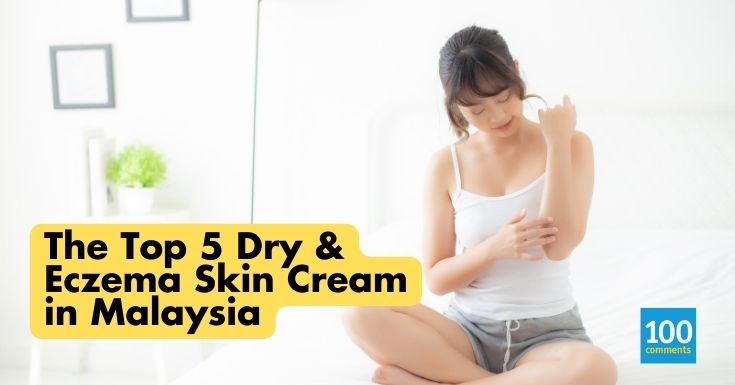

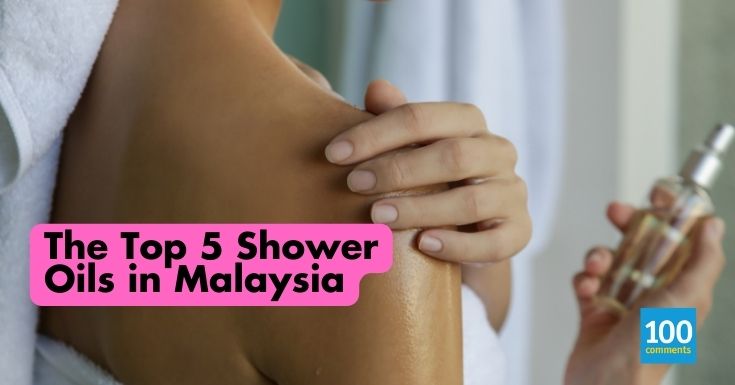






Leave a comment